The headline is literary license: I have never owned a Cadillac, but I have driven my parents’ Cadillac CTS, and I was a passenger in my grandparents’ two Cadillac Coupes de Ville. (That would be the French way to describe the plural of “Coupe de Ville.”) The choice was either that headline or a favorite phrase of my sons, “Cadillac whack,” in which a Caddy sighting is followed by a punch.
The difference between my grandparents’ Cadillacs — a 1971 and 1973 Coupe de Ville, both light yellow, one with a black vinyl top, the other with a white vinyl top — and my parents’ Cadillac shows how the American auto industry has changed in four decades.
Cadillac is the second oldest car manufacturer (behind Buick), created, ironically, from the remnants of Henry Ford’s first car company. The Cadillac brand (named for the founder of Detroit, by the way) has a long line of innovations, beginning with interchangeable parts, and including the first commercially available V-8 engine, the first mass-produced enclosed body, a modern electrical system with lights and starter, shatter-resistant glass, a body designed by stylists, synchromesh manual transmission (they should have stopped there), V-16 engine, modern high-compression overhead-valve V-8 engine, automatic dimming headlights, power memory seats, and automatic temperature control heating and air conditioning, among numerous others.
Cadillac’s history includes Nicholas Dreystadt, General Motors’ national service manager, who in 1933 convinced GM management to abandon the brand’s policy of not selling to blacks. (Black boxers, singers, lawyers and doctors were buying Cadillacs anyway; they were paying whites to buy them for them, which was money that could have gone to GM.) One year later, Cadillac sales increased by 70 percent, and GM made Dreystadt Cadillac’s general manager; Dreystadt responded by figuring out how to reduce production costs so that building Caddys cost as much as building Chevys, despite the huge price difference. (That’s called “profit.”) The Phillips screw was first used on 1937 Cadillacs. Cadillacs have been the most popular source of hearses (built by companies not named Cadillac) for decades, and until ambulances began to be built on truck and van bodies, Cadillacs were popular ambulance conversions.
Through the 1960s and 1970s, Cadillac stopped innovating, and GM was content to have Cadillac the “standard of the world” in size. Our next-door neighbor owned a late-’60s Caddy.
I had a math teacher in middle school who owned a British roadster that could have fit into the trunk of his ’69 Coupe de Ville.
My grandparents’ Coupes de Ville made our 1975 Chevrolet Caprice look … smaller. (Nothing could really make the Caprice look “small.”) By the mid-’70s, Cadillacs had 500-cubic-inch V-8s sitting between their front wheels, although said V-8s weren’t all that powerful in the smog-control pre-computer days.
Other than their sheer size, I remember my grandparents’ Coupes de Ville for the gadgets I’d never seen in a car before then. I’d never seen power windows or power seats on a car before then. Instead of just one cigarette lighter, the passenger door and the armrests for the two outside rear seats had cigarette lighters and ashtrays as well. (Which I suppose was convenient for my stepgrandmother, who smoked.) The back seat had two lamps for young back-seat passengers to play with (there were lamps all over the interior), as well as a pull-out armrest. The windshield wiper and washer controls (including a control called “Mist,” the precursor, I suppose, to intermittent wipers) were mounted on the driver’s-side door. Both had air conditioning (the latter at least had Automatic Climate Control), and I believe both had the signal-seeking AM/FM stereo radio, and that was the first time I’d ever seen a power antenna. A night trip also revealed the fiberoptic lights mounted on the front fenders and at the top of the rear window to show whether the headlights, turn signals and taillights were working. How did you know you were in a luxury car? The electric clock had Roman numerals! (Since the de Villes were purchased used, I don’t know if the original owners spent the $85 for the Medici Velour Lap Robe and Pillow.)
That’s what I could see. What I heard, other than the four-note horn (not sure what the chord was, but it certainly sounded better than the usual F horn), wasn’t much due to the pounds and pounds of sound insulation. I never got to drive the newer Coupe de Ville, but one can draw conclusions based on my once seeing an Eldorado drive across a rail crossing in Madison; half a block later, the Eldo was still rolling up and down.
Complex created a list of the top 100 Cadillacs (real and concept), including, in chronological order:



































The opposite of Complex’s list proves my favorite saying that change is inevitable, but progress is not. Cars used to have gauges for the basic engine functions — fuel level, engine temperature, oil pressure and whether the battery is charging or discharging.
Cadillac replaced the last three gauges with lights indicating dysfunction, known shortly thereafter as “idiot lights.”
Cadillacs were available with Oldsmobile-sourced diesel engines in the late ’70s and early ’80s. Given that the Olds diesels were adapted from gas engines instead of designed from scratch as diesels, the resulting bad performance (however you define “performance”) has been accused of souring American car buyers off diesels ever since then. The next great idea was the “V-8-6-4,” which shut off two or four cylinders when they were not needed. Most V-8-6-4 buyers had the systems disconnected because of the crudeness of computer car controls of the day. Someone at Cadillac thought Caddying-up a Chevrolet Cavalier was a good idea, resulting in the Cimarron, which was not. After the Cimarron bit the dust, Cadillac imported an Opel and called it a Catera, “the Caddy that zigs.” Right idea, wrong application.
The aforementioned Seville points to a direction Cadillac finally aimed at after years of aimlessness. The “internationally sized” Seville was similar in size to luxury BMWs and Mercedes–Benzes, whose sales were growing. Today’s CTS and CTS-V are more successful competitors to BMW, Mercedes and Audi, as in better performance at a lower price. It’s too bad for GM that it took GM as long as it did to figure out how to compete.
The last Caddy on Complex’s list is the car I’d own if I was in position to buy a Cadillac. The CTS-V is what Cadillac calls “the world’s fastest family of vehicles,” and there is something appealing about a 556-horsepower vehicle to transport the kids to their various activities or me to a game. The only thing it probably could use is all-wheel drive, but that is a small price to pay to get a 556-horsepower wagon with a manual transmission. (All the CTS-Vs are available with the proper transmission.)
The proprietor of ArtandColourCars has several drawings of cars Cadillac should have done, including a 1961 station wagon …
… a late ’60s fastback Coupe de Ville …
… a two-door “bustleback” Seville (which looks better than the actual Seville) …
… what he calls an “Eldorodster” (perhaps a new Allante?) …
… an alternative CTS wagon …
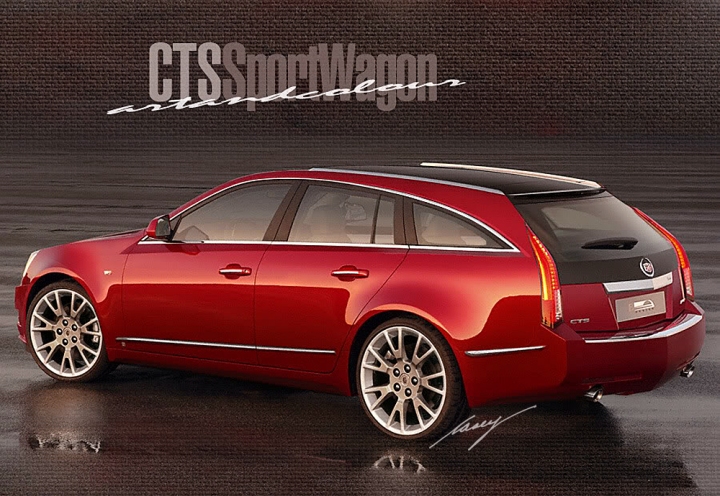
… the return of the Coupe de Ville …
… the return of the Series 75 …
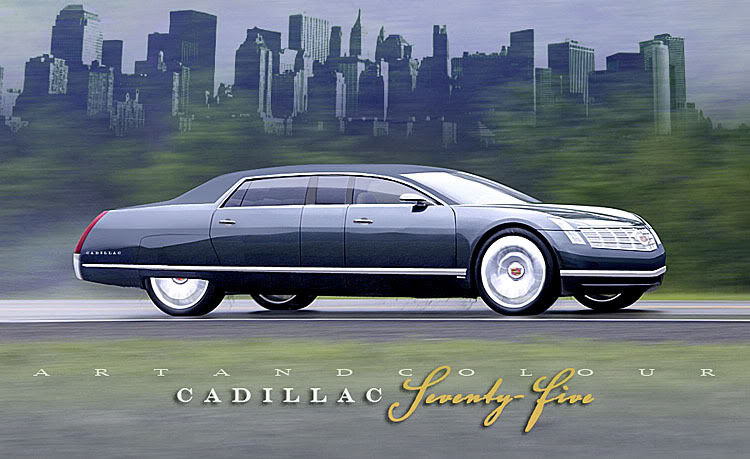
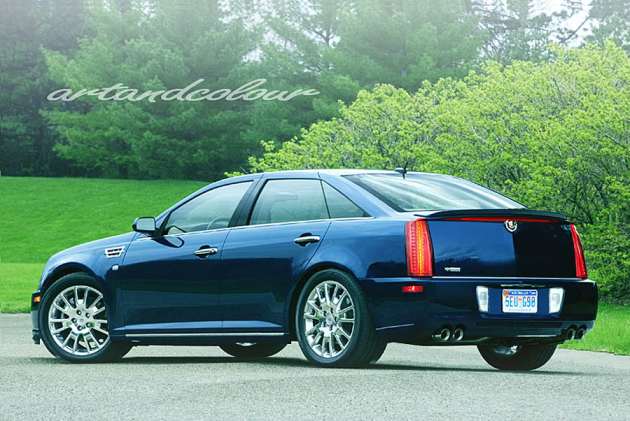
… a 12-cylinder luxury coupe …
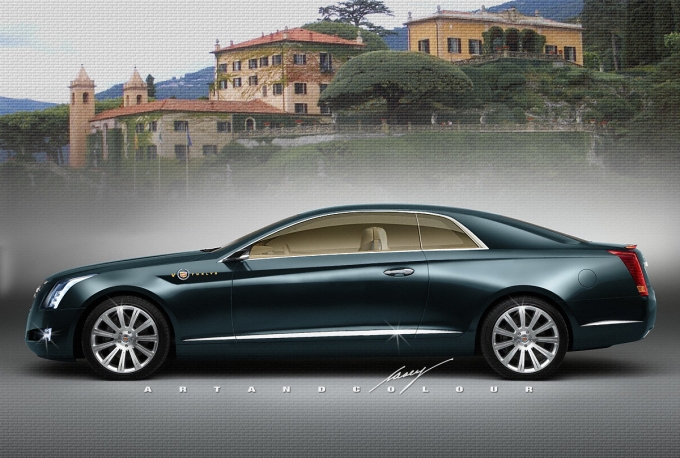
… and a sports version thereof …
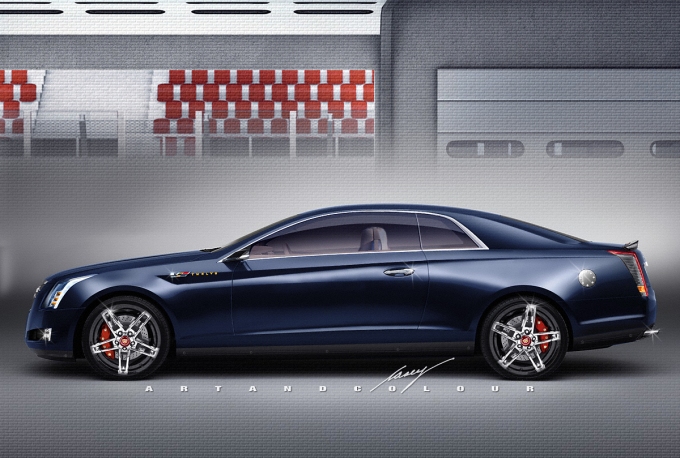
… a superior presidential limousine than the one being used today …
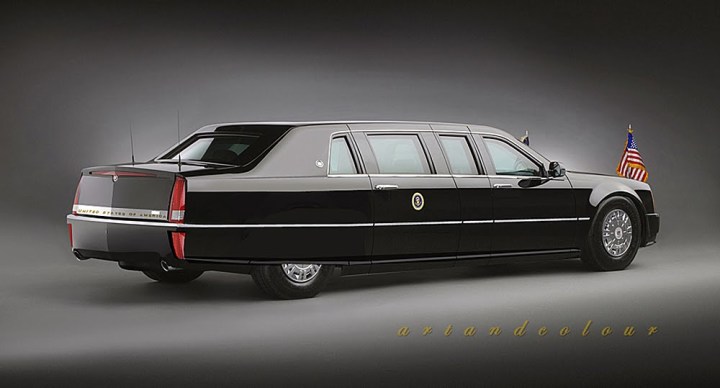
… and one Cadillac could still do: a long-wheelbase version of its upcoming XTS sedan:

Cadillacs should be competing against luxury German and Japanese models, but the 12-cylinders could be an American answer to the Bentley Continental.



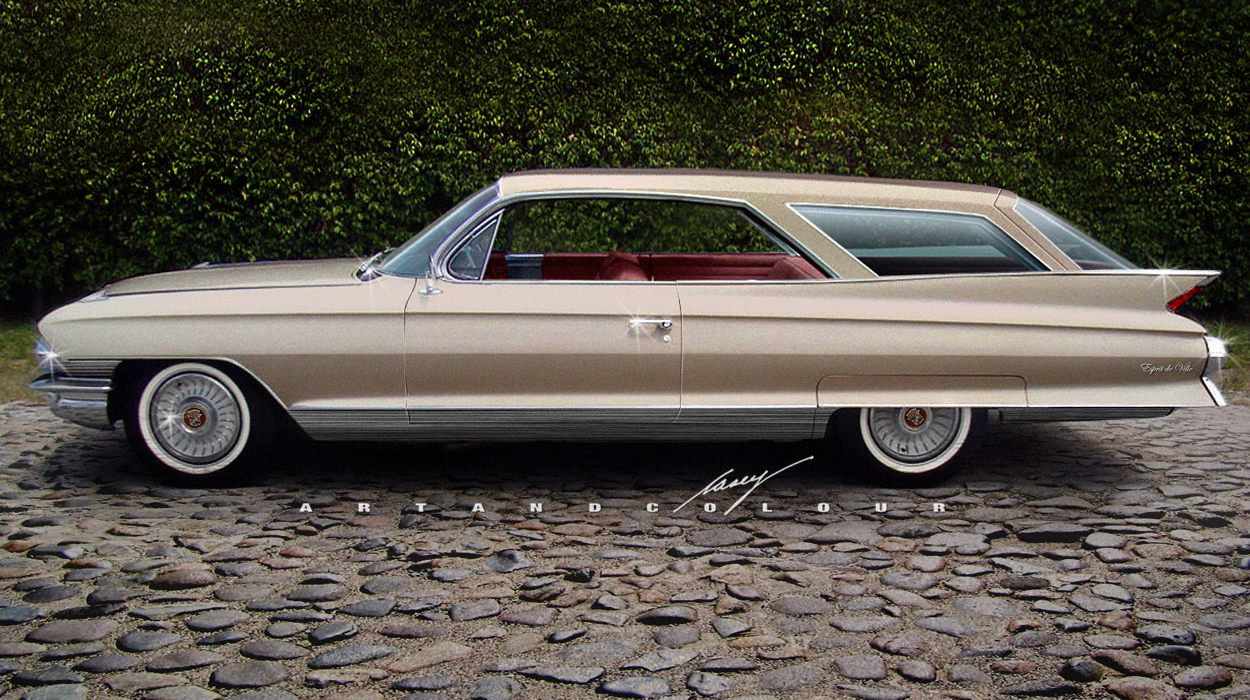

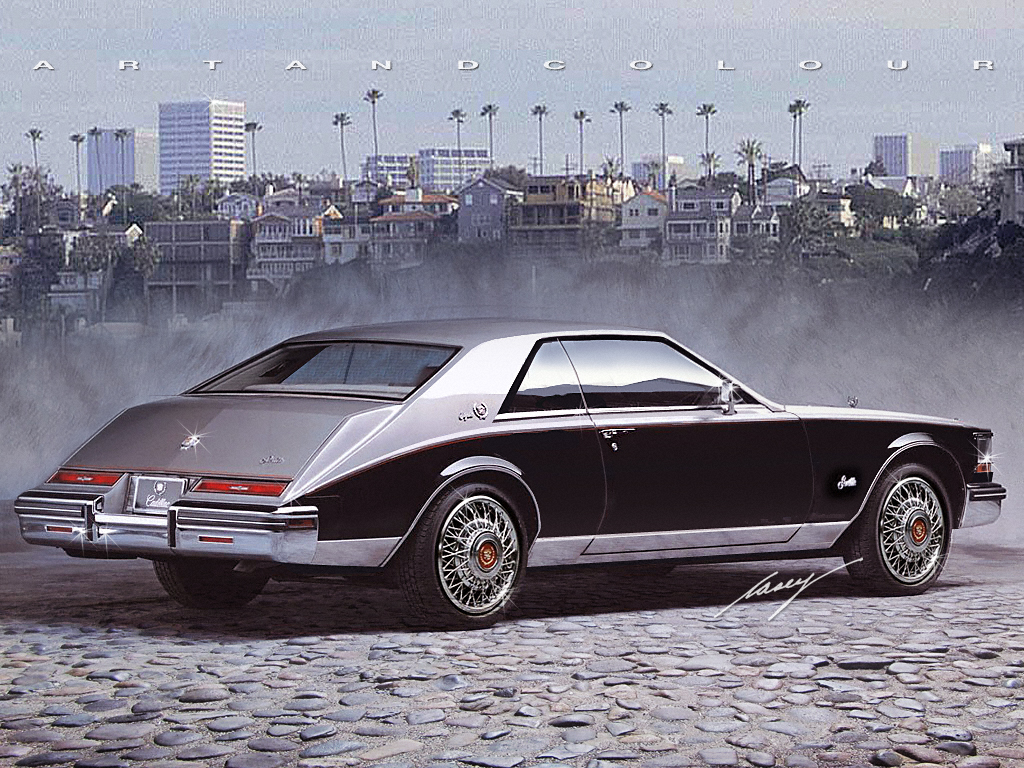
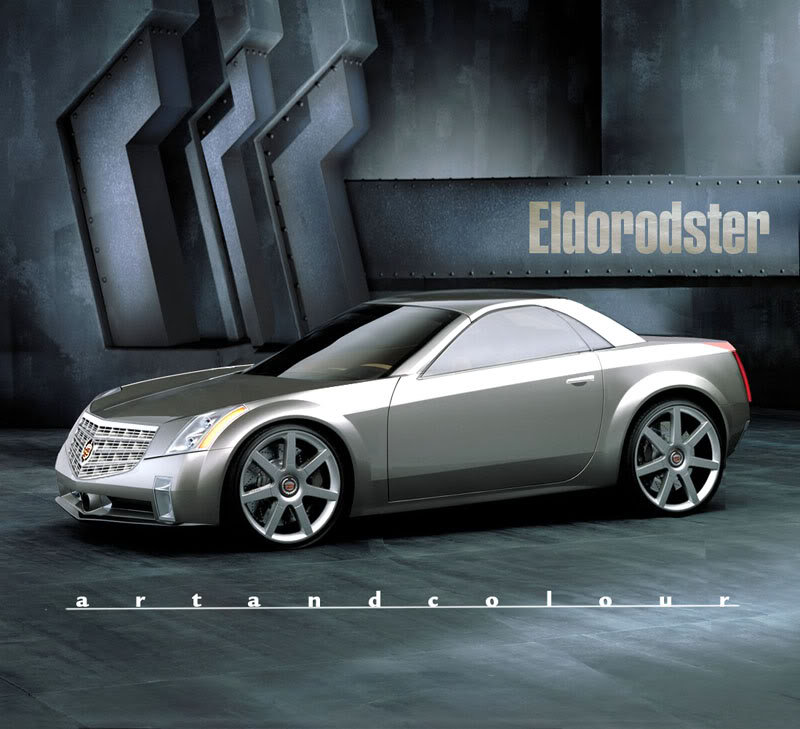


Leave a comment